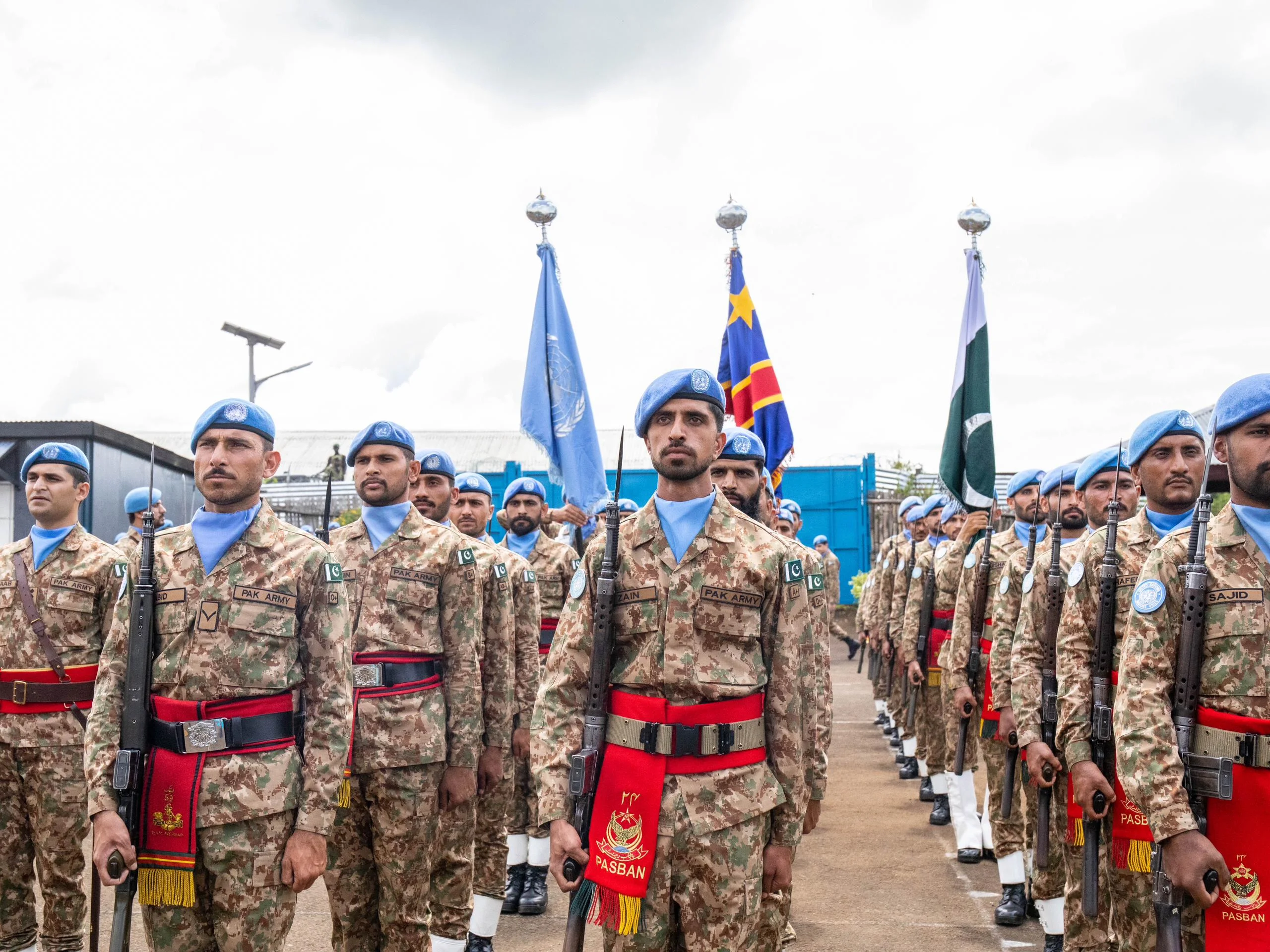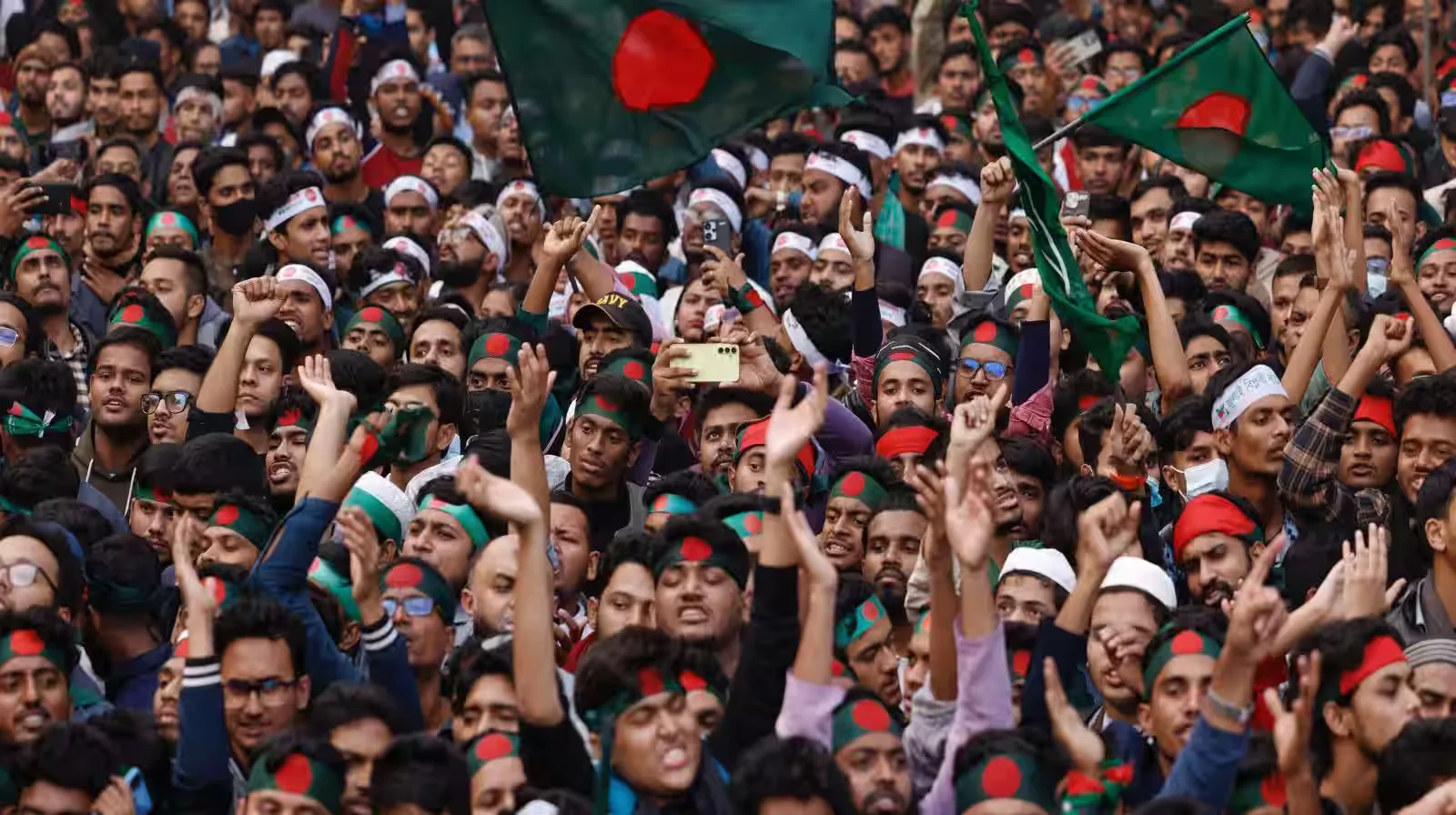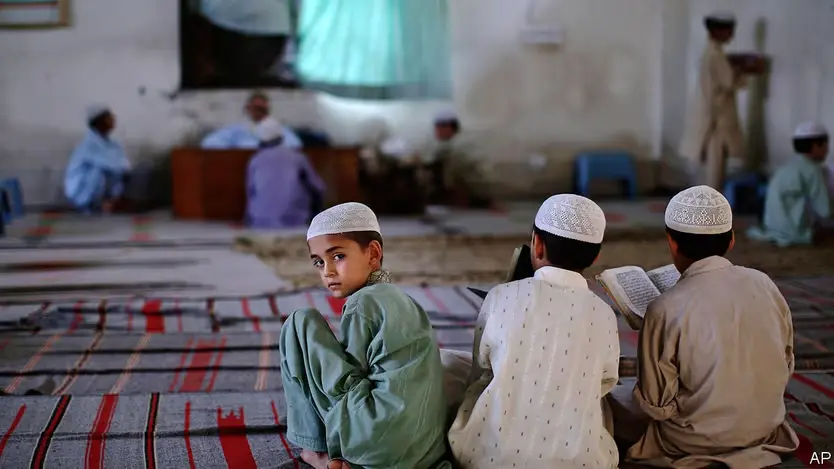“You can change your friends but not your neighbours.” Perhaps India and China have realised this, too. The recent India-China border agreement on patrolling arrangements along the Line of Actual Control (LAC) in eastern Ladakh, particularly in Depsang and Demchok, marks a potential turning point in India-China relations. The significance of this border deal has increased, as it was conducted on the sidelines of the BRICS summit in Kazan. Its timing is notable, occurring just as the United States presidential elections approach.
Last week, New Delhi announced an agreement to withdraw troops from two key disputed points in eastern Ladakh. This agreement includes updated patrolling arrangements to maintain peace along these contested segments of the Himalayan frontier. The following day, Beijing confirmed the deal which ultimately set the stage for the first formal talks in five years between Chinese President Xi Jinping and Indian Prime Minister Narendra Modi.
Historical Roots of the Border Conflict
Border issues are common between neighboring states. However, these issues worsen when the two sides resort to using force instead of managing differences through negotiations and discussions at the table. The India-China border dispute dates back to China’s 1950 occupation of Tibet, which heightened tensions over their undefined borders. The 1954 Panchsheel Agreement recognized China’s sovereignty over Tibet. However, unresolved border issues persisted, ultimately leading to the Sino-Indian War in 1962. In the following decades, the two countries experienced periodic clashes and near-conflict situations. Notable incidents include the 1967 clash at Nathu La, the 1975 skirmish at Tulung La, and the Sumdorong Chu Valley standoff in 1986-87.
Agreements were made in 1993, 1996, and 2005 to maintain peace and build confidence along the Line of Actual Control (LAC). Despite these efforts, the border issue remains a major point of contention in South Asia. Both nations continue to maintain substantial military forces along the LAC. This situation has intensified since the 2020 clashes in eastern Ladakh’s Galwan Valley, which resulted in the first fatalities in over 40 years, leaving 20 Indian and at least four Chinese soldiers dead.
The recent India-China border agreement marks a significant diplomatic step toward easing tensions along the Line of Actual Control (LAC) in the disputed Himalayan region. This agreement, reached after extensive negotiations, allows both countries to establish new patrolling arrangements and engage in phased disengagement.
Also See: India, China reach pact to resolve border conflict
India’s Diplomatic Balancing Act
New Delhi has faced back-to-back diplomatic setbacks in Nepal, Sri Lanka, Maldives, and, more recently, in Canada and Bangladesh. Prime Minister Modi might recognize the importance of a toned-down diplomatic approach. This approach is now vital for securing India’s interests and maintaining its prestige.
The deal is also a significant win for Russia amid its challenges in the Russia-Ukraine war. It highlights Putin’s success in fostering closer ties between China and India. This development is a key consideration for the U.S., which has recently faltered in mediating global disputes.
While critics and experts are raising hopes for the deal, the success depends upon the practical implementation. In this regard, both nations will need to ensure that on-the-ground activities align with diplomatic commitments to avoid further conflict. The outcome of this agreement will be crucial not only for bilateral relations but also for the stability of the wider South Asian region. Other regional players are monitoring this development closely.

![Indian Prime Minister Narendra Modi, Russian President Vladimir Putin and Chinese President Xi Jinping on the sidelines of BRICS Summit in Kazan, Russia, Wednesday, Oct. 23, 2024. [Image via REUTERS].](https://southasiatimes.org/wp-content/uploads/2024/10/4WSRXPUNO5IQBICLVDNHGVRB5E-scaled.webp)




